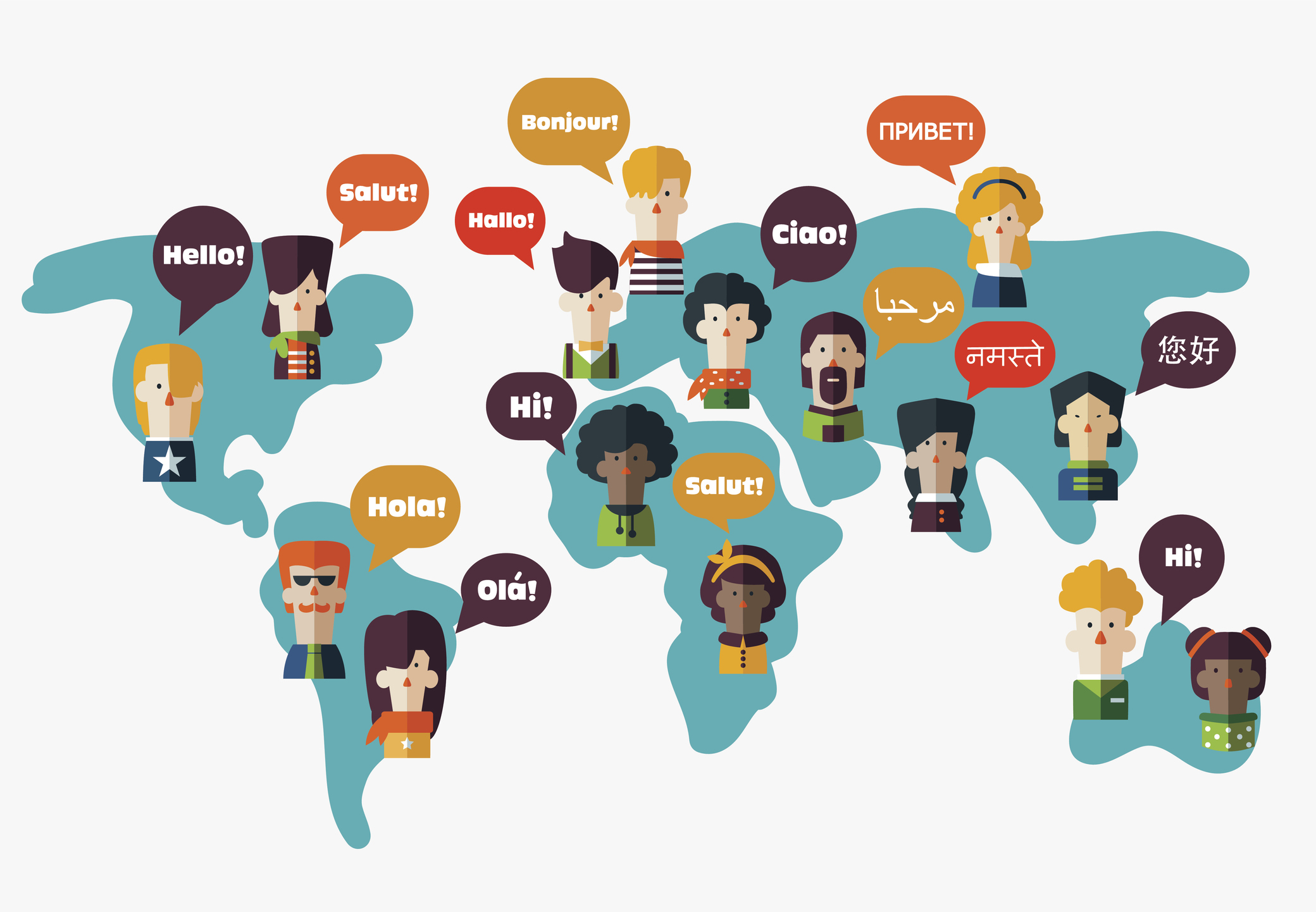Speaking the same language: How to communicate with multilingual teams across the globe
Companies that segment and translate some of their company-wide communication can boost employee engagement, promote inclusion and foster community.

Most companies today have employees that speak a range of different languages, whether they are solely based in the US or have a multinational presence. However, English tends to be widely understood as a default – both internally and externally — when conducting business with colleagues and partners across regions, countries and continents.
We are all familiar with the benefits of “speaking the same language” in business to ensure we embrace consistent company visions, messages and positions. But when it comes to engaging employees across different markets/countries, companies that don’t segment and translate at least some of their company-wide communication can also suffer in terms of talent motivation, retention and attraction.
While many office employees are proficient in English, you should not assume the same with remote or front-line workers. As organizations continue to assess return-to-work and hybrid models, they also have an opportunity to create a more inclusive culture, behavior and sense of belonging by engaging employees. The past two years witnessed an accelerated deployment of more digital tools and platforms, but there is still more to do!
Europe has 24 different languages, while countries in Latin America and the Asia-Pacific region also have numerous unique elements to consider. For global companies sharing executive updates or corporate news, engaging teams in their local market languages has proven to notably increase readership, viewership, and positive engagement with content and live events. This approach not only increases employee understanding of the company’s strategic priorities and plans, but also avoids confusion by reinforcing local policies and legal compliance (whether on local websites or internal channels).
This is an ongoing and time-consuming challenge for many companies. The ability to engage with multinational employees in a more targeted, meaningful way is largely dependent on business models, employee profiles and the resources of corporate communications teams.
Here are six things to consider when crafting a multilingual, multinational messaging strategy: into their plans.
1. Ensure the IT team is engaged. This is a critical first step. Along with HR, your IT team is a key partner in securing organizational buy-in by enabling the infrastructure, tech stack and security protocols to successfully deploy communications plans, assess impacts and be agile when change is required. Make sure that their key messaging points are clearly communicated and free of technical or regionally-specific jargon.
2. Identify the most common dialects and languages that reach most of your employees. Set aside past assumptions and conduct outreach, including surveys, across employee regions to better understand their preferred cultural norms along with the words and phrases that are commonly misinterpreted.
3. Figure out when it makes sense to translate. For most companies, it is not practical to translate a large percentage of ongoing communications from headquarters. But for the most important messages, such as a new CEO directive or hybrid protocols that differ across markets, local translations and appropriate text modifications should be applied.
4. Who manages it? Some companies have a large enough global communications team to consistently engage employees in each market’s local language. While those teams can also help review important global announcements that have been translated by an outside vendor, their work needs a final check to ensure proper accuracy and context before going out.
5. Embrace digital platforms for more agility and impact. As remote and hybrid models evolve, it is increasingly important to deploy digital tools and external employee experience platforms across the enterprise. These tools and platforms can alleviate the burden on communications and HR teams, providing insights and targeting techniques that prevent employees from receiving duplicate or irrelevant content. They also pay dividends in recognizing employee locations and automatically translating English communications into local languages. This works well for ongoing internal posts. While not 100% accurate, these platforms can significantly boost employee engagement, culture and community.
6. Caption your videos. While videos and multimedia presentations are increasingly used to engage displaced teams, consider using English captions wherever possible. Even proficient English speakers sometimes have trouble following a quick voice or misinterpreting a directive or phrase. Better to have it in writing and available to play back!
While not perfect, these approaches and digital tools can help significantly boost employee engagement, promote inclusion, and foster a deeper sense of culture and community across markets.
Ben Trounson is a global corporate communications leader, most recently at Bristol Myers Squibb.






